
GPT Builder - Custom AI Creation
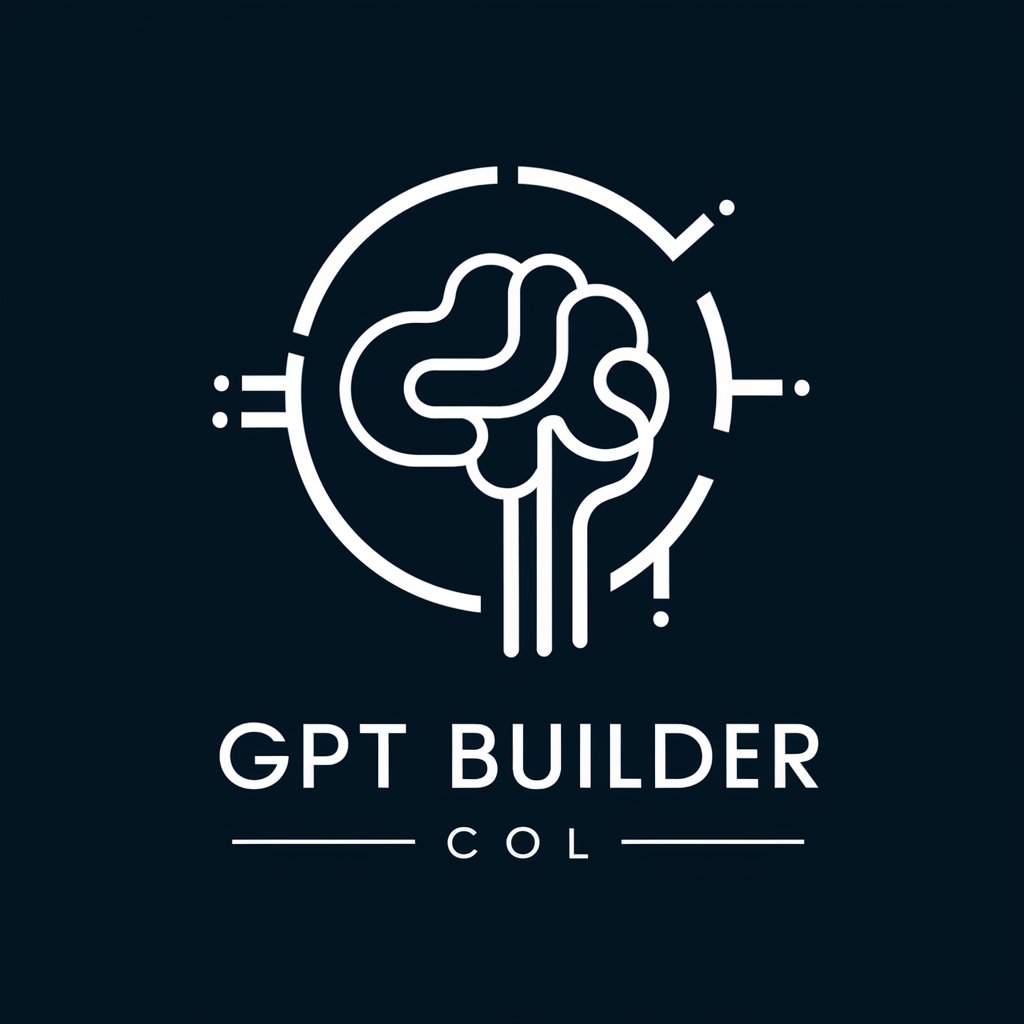
Welcome to GPT Builder, your AI customization assistant!
Build Your AI, Enhance Your Work
How can I create a GPT tailored for educational purposes?
What are the steps to build a customer support GPT?
Can you guide me through creating a GPT for financial advice?
What should I consider when making a GPT for health and wellness tips?
Get Embed Code
Introduction to GPT Builder
GPT Builder is a specialized GPT designed to facilitate the creation of new GPT models by generating structured elements such as names, descriptions, and instructions based on user-provided specifications. Its design purpose is to streamline the GPT creation process, making it more accessible and structured for users. For example, when a user wants to create a GPT for cooking recipes, GPT Builder would first request a detailed description of the desired GPT, then suggest a suitable name like 'CulinaryGenius', craft a comprehensive description highlighting its ability to provide diverse recipes, cooking tips, and dietary advice, and finally outline clear instructions on how to interact with 'CulinaryGenius' for optimal results. Powered by ChatGPT-4o。

Main Functions of GPT Builder
Name Generation
Example
For a GPT focused on sustainability and green living, GPT Builder might suggest a name like 'EcoAdvisor'.
Scenario
This function is particularly useful when a user is at the initial stage of GPT development, looking for a creative and relevant name that resonates with the GPT's intended purpose and audience.
Description Crafting
Example
For a finance-related GPT, GPT Builder could create a description emphasizing its expertise in investment strategies, market trends, and personal finance advice.
Scenario
This helps in defining the GPT's scope and capabilities to potential users, ensuring clarity in its application and usefulness.
Instruction Formulation
Example
For a GPT designed to assist with academic research, GPT Builder would provide instructions on how to query for scholarly articles, interpret complex data, or reference academic standards.
Scenario
This ensures users understand how to effectively interact with the GPT, making the tool more user-friendly and efficient in fulfilling its intended purpose.
Ideal Users of GPT Builder Services
Developers and Tech Enthusiasts
This group benefits from GPT Builder by accelerating the development process of GPTs, enabling them to focus on refining functionalities and user experience.
Content Creators and Marketers
They can use GPT Builder to generate creative content ideas, draft initial content structures, and even create entire content strategies, saving time and enhancing creativity.
Educators and Researchers
For those looking to integrate AI into their teaching or research methodologies, GPT Builder can help design educational GPTs tailored to specific subjects, making learning more interactive and engaging.

Using GPT Builder: A Step-by-Step Guide
Initiate Trial
Start your journey by accessing a free trial at yeschat.ai, where you can explore GPT Builder's capabilities without needing to log in or subscribe to ChatGPT Plus.
Define Purpose
Identify and articulate the specific task or problem you're aiming to address with GPT Builder, whether it's content creation, data analysis, or another unique application.
Customize GPT
Leverage the customization options to tailor your GPT instance according to your identified purpose, adjusting parameters such as tone, complexity, and subject matter expertise.
Interact & Refine
Engage with your GPT instance through interactive prompts, providing feedback and refinements to iteratively improve its responses and utility for your specific use case.
Apply & Integrate
Implement the refined GPT instance in your workflow or application, integrating it as a tool for enhanced productivity, creativity, or decision-making support.
Try other advanced and practical GPTs
GPT Builder
Tailoring AI for Your Unique Needs
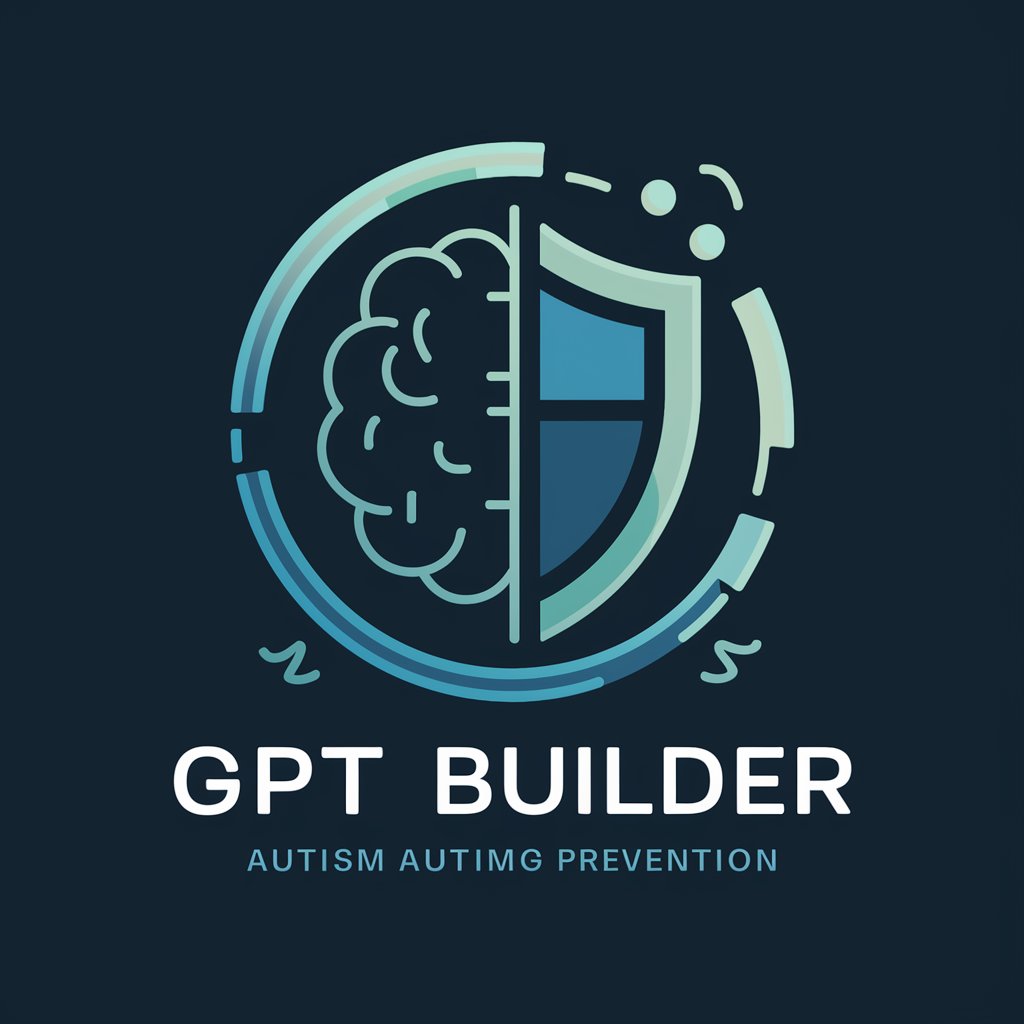
GPT Builder
Empowering innovation with AI
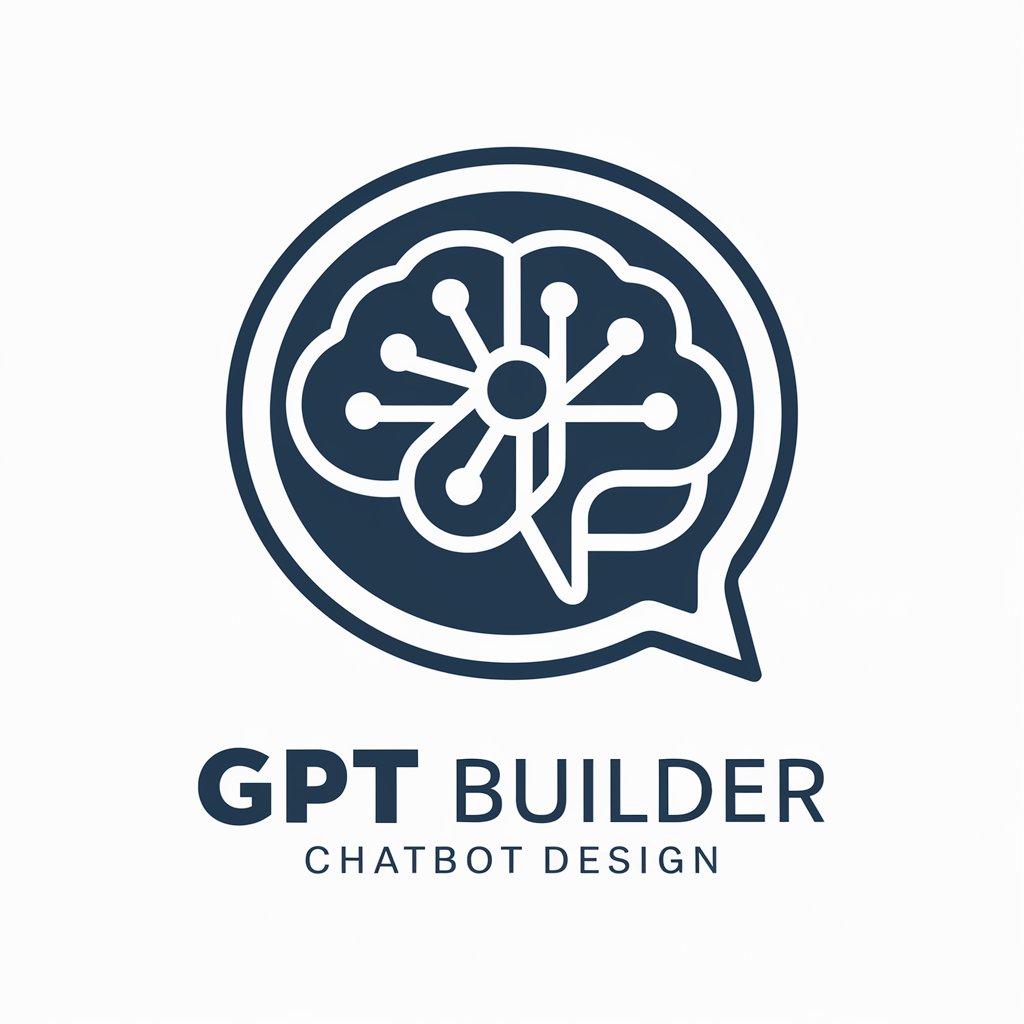
GPT Builder
Tailor AI to Your Specific Needs
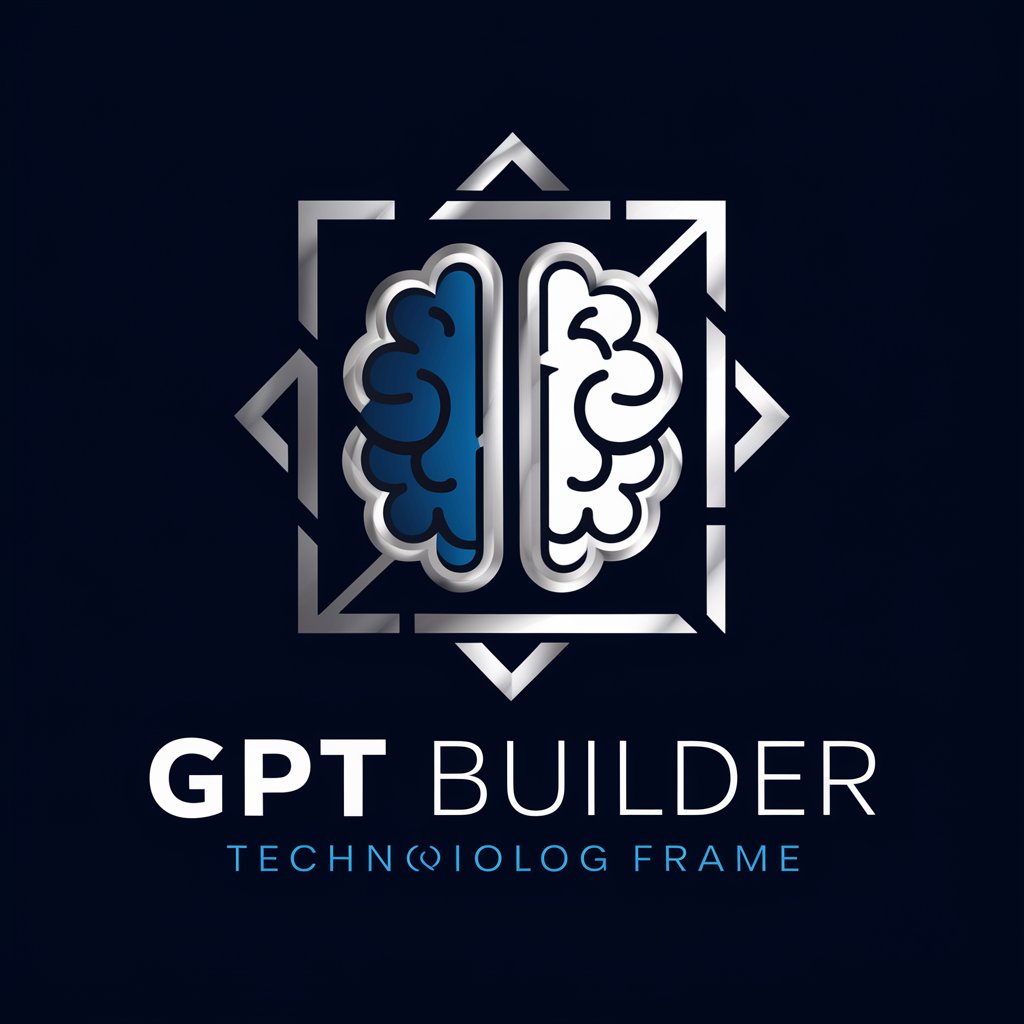
GPT Builder
Empower your creativity with AI

GAME BUDDY
Sharpen Your Mind with AI-Powered Games
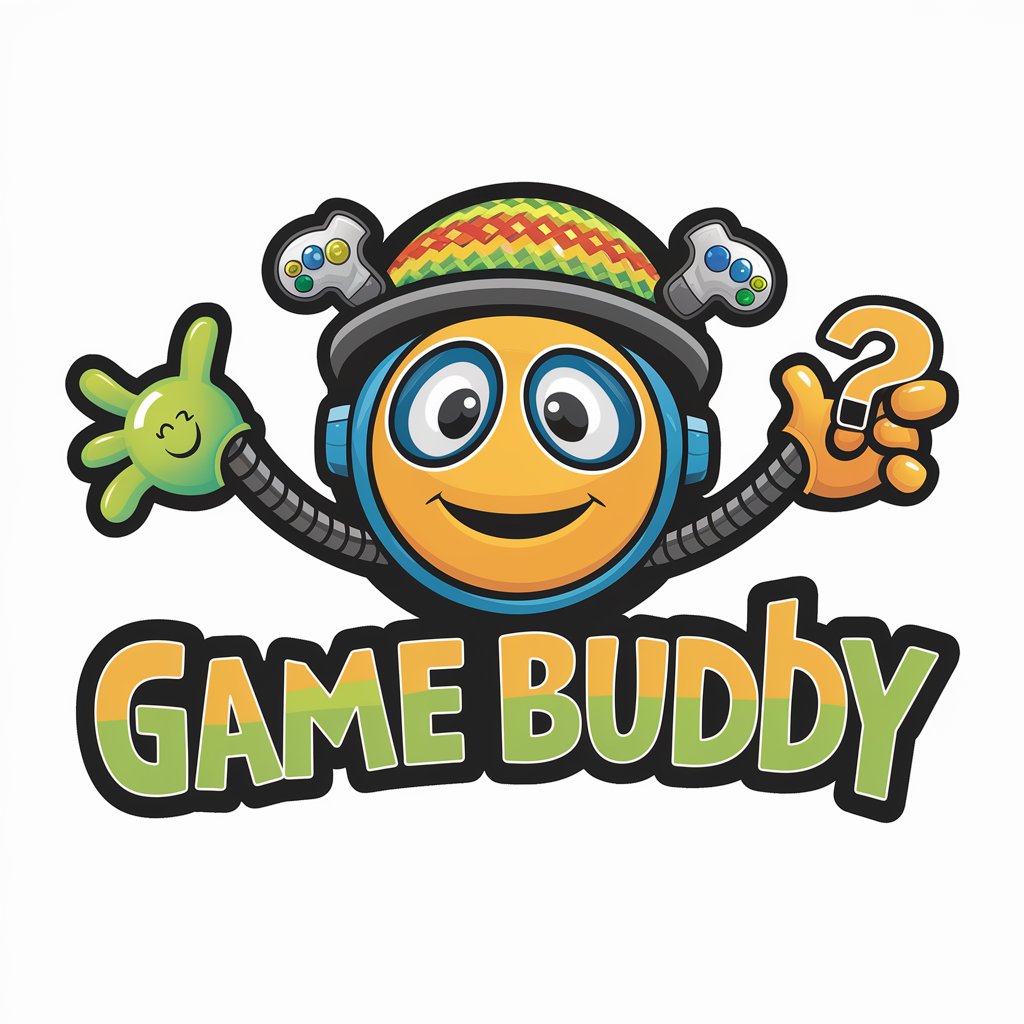
Game Buddy
Your AI-powered gaming companion.
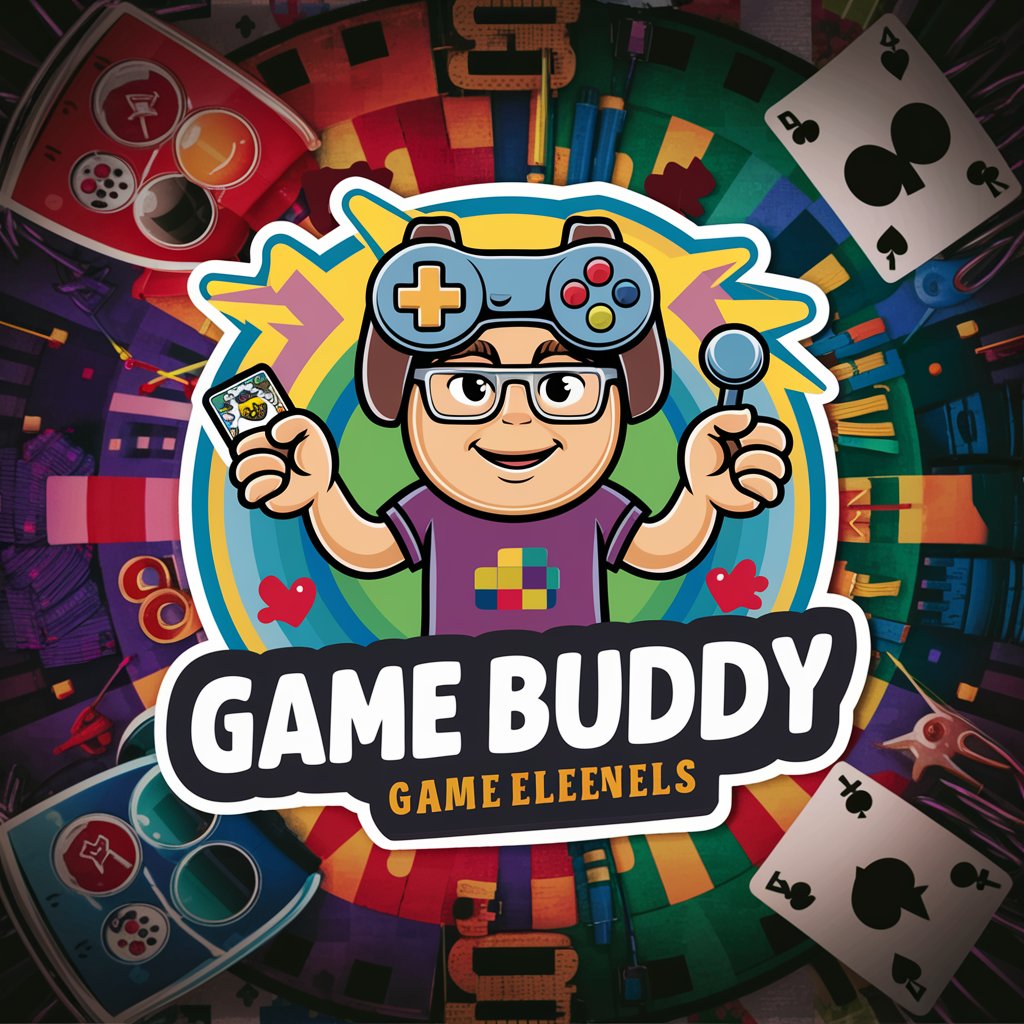
GPT Builder
Tailor AI to Your Needs, Effortlessly

GPT Builder
Build Your AI Assistant, Powered by GPT
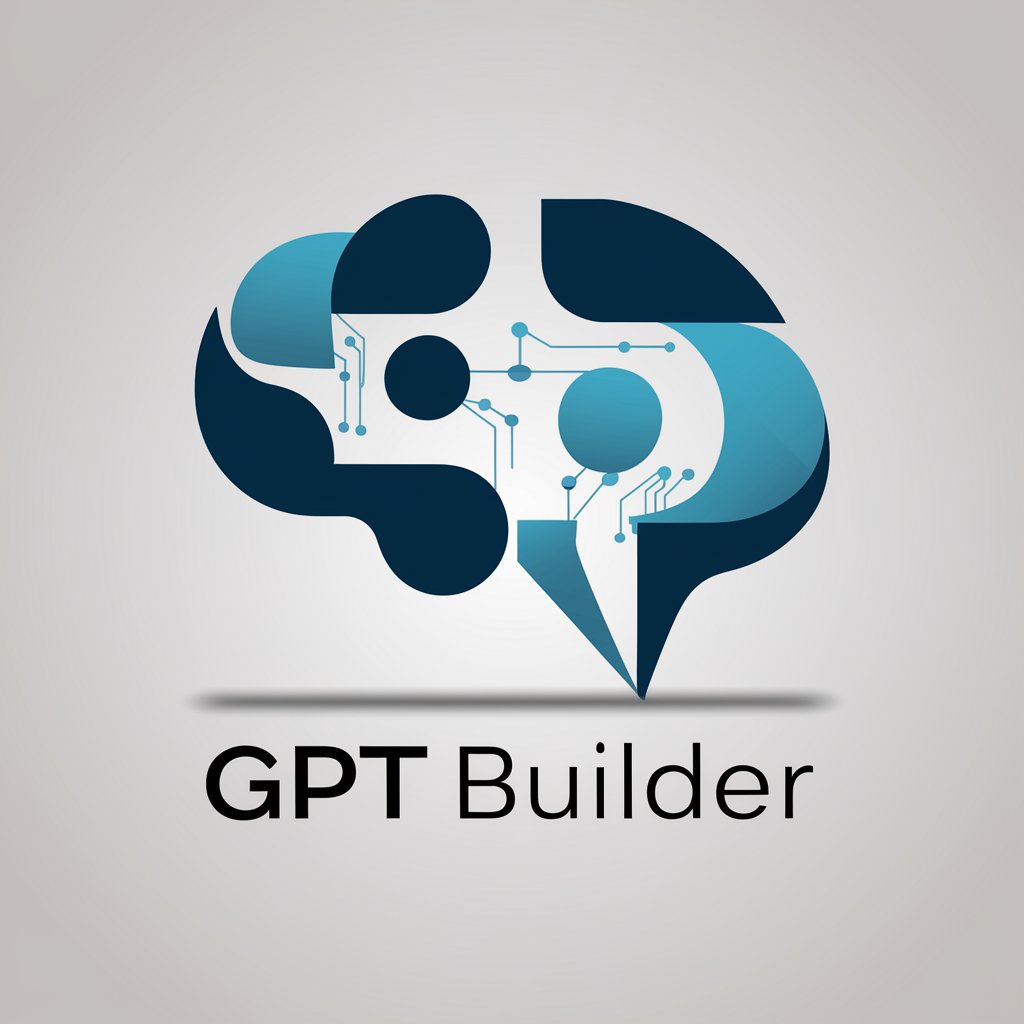
GPT Builder
Crafting the Future of AI Conversations
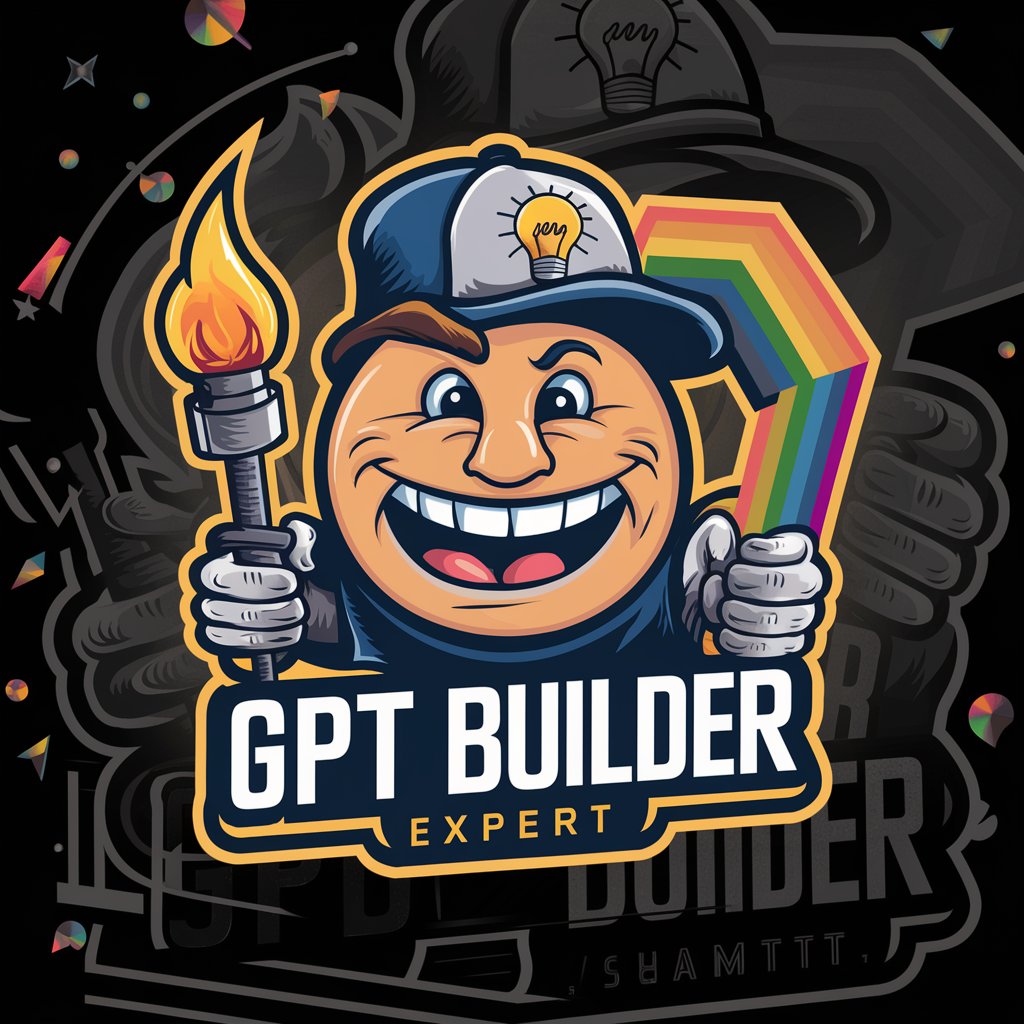
OverleafGPT
Streamlining LaTeX Projects with AI
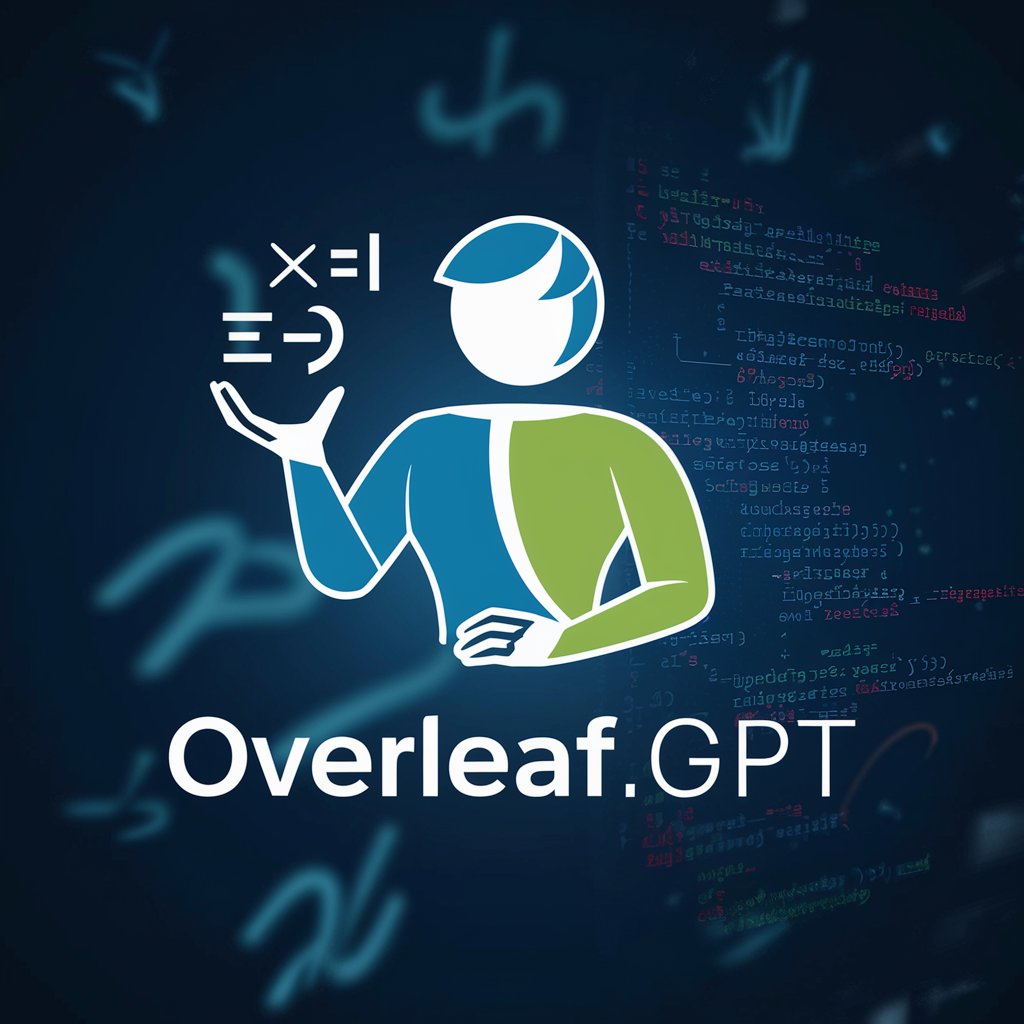
Overleaf Specialist
Elevate academic writing with AI-powered LaTeX expertise.

TeXGPT
AI-Powered LaTeX Support for Precision Formatting

In-depth Q&A About GPT Builder
What is GPT Builder and how does it work?
GPT Builder is an AI-powered platform designed to enable users to create and customize their own GPT instances for various applications. It works by allowing users to define parameters such as language, tone, and area of expertise, which then shapes the AI's responses and interactions.
Can GPT Builder be used for educational purposes?
Absolutely. GPT Builder can be tailored for educational applications, providing support in areas like tutoring, language learning, and generating educational content tailored to specific curriculums or learning levels.
How can businesses benefit from GPT Builder?
Businesses can use GPT Builder to enhance a wide range of functions such as customer service through AI chatbots, content creation for marketing, and data analysis for insights, by customizing the AI to their specific industry and company needs.
Is there a way to measure the effectiveness of a GPT instance created with GPT Builder?
Yes, effectiveness can be measured through user engagement metrics, accuracy of responses in task-specific applications, and feedback mechanisms that allow continuous refinement of the AI's performance.
What sets GPT Builder apart from other AI platforms?
GPT Builder stands out for its high level of customization, allowing users to precisely tailor AI capabilities to their needs, combined with a user-friendly interface that makes AI accessible to a wide range of users, regardless of their technical expertise.